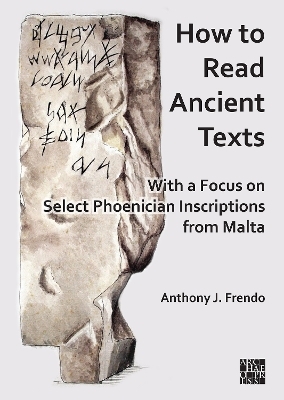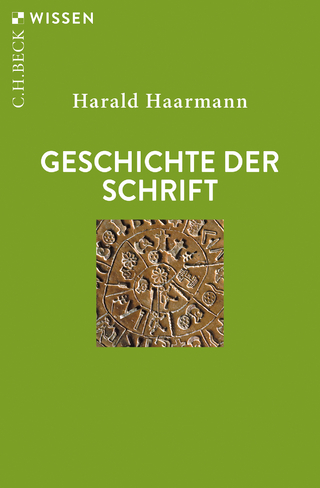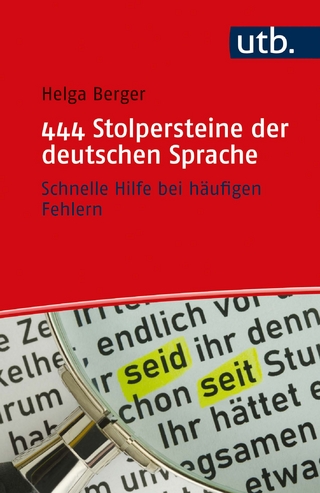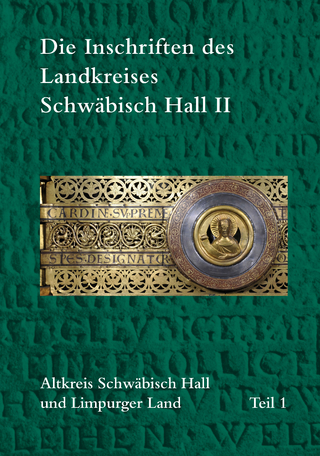
How to Read Ancient Texts
Archaeopress Archaeology (Verlag)
978-1-80327-827-8 (ISBN)
How to Read Ancient Texts foregrounds the principles of interpretation that scholars employ when reading ancient inscriptions. In order to better come to grips with Canaanite, such as Phoenician, inscriptions, we need to first understand how people wrote and read texts in the ancient Mediterranean world, including that of the Greeks and Romans. The use of continual script and lack of punctuation did not pose insurmountable problems to the ancients, since spoken language is not built on a division between words but on two-second spurts of sounds with pauses in between. This shows the crucial role that lectors and consequently orality played in antiquity. It is clear that philological analysis is crucial when it comes to reading Phoenician inscriptions, such as those examined here. However, in texts with no word division, no punctuation, and no vowels (such as Phoenician inscriptions), context plays a crucial role. That context turns out to be threefold: the textual context that an inscription itself provides, its archaeological context, and also (as in the case of the papyrus inscription examined as a case study here) the wider Mediterranean context, such as that of ancient Egypt. In the case of the Phoenician inscription CIS I, 123 it is the archaeological context that allows us to pin down one highly probable interpretation out of multiple philological solutions that are theoretically possible. The Phoenician inscriptions examined here show us more clearly and with greater probability that the Phoenicians in Malta did practice child sacrifice and that they also had very strong links with the Phoenicians in Egypt.
Anthony J. Frendo is a Fellow of the Society of Antiquaries of London, and Emeritus Professor of Near Eastern Archaeology and the Hebrew Bible as well as Senior Fellow of the University of Malta. He has degrees in Philosophy, Theology, Near Eastern Studies, Biblical Exegesis, and holds a PhD in Biblical Archaeology from University College, University of London. He is the author of two books (Pre-Exilic Israel, the Hebrew Bible, and Archaeology: Integrating Text and Artefact, 2011, and Approaching Biblical Archaeology, 2021) as well as numerous articles, book chapters, and reviews. He was a Visiting Scholar at Sede Boqer in the Negev, Israel, besides having been twice elected Visiting Scholar at Wolfson College, Oxford.
Preface
Chapter 1. Introduction
Chapter 2. The Phoenicians: Who are They?
Chapter 3. The Hallmarks of Writing and Reading in Antiquity: Prose and Verse
Chapter 4. Verse in the Levant: Classical Hebrew
Chapter 5. Basic Principles of Interpretation: General and Phoenician-Specific
Chapter 6. Context as the Indispensable Criterion of Interpretation: The Case of CIS I, 123 and 123 bis
Stela of Milk-Ba‘al
Stela of an offering instead of an infant
Stela of a sacrifice consisting of an infant
Stela of a sacrifice of a lord
Stela of a (human) sacrifice of one making (it)
Stela of a sacrifice to Ba‘al (literally ‘of a sacrifice of Ba‘al’)
Stela of one sacrificed to Ba‘al (literally ‘of a sacrificed one of Ba‘al’)
Chapter 7. Reading and Interpreting Phoenician Verse: The Tal-Virtù Papyrus
Chapter 8. Conclusions
Bibliography
Index
| Erscheinungsdatum | 24.09.2024 |
|---|---|
| Zusatzinfo | 7 Figures |
| Verlagsort | Oxford |
| Sprache | englisch |
| Maße | 174 x 245 mm |
| Themenwelt | Geisteswissenschaften ► Archäologie |
| Geschichte ► Hilfswissenschaften ► Paläografie | |
| Geisteswissenschaften ► Sprach- / Literaturwissenschaft ► Sprachwissenschaft | |
| ISBN-10 | 1-80327-827-7 / 1803278277 |
| ISBN-13 | 978-1-80327-827-8 / 9781803278278 |
| Zustand | Neuware |
| Haben Sie eine Frage zum Produkt? |
aus dem Bereich


